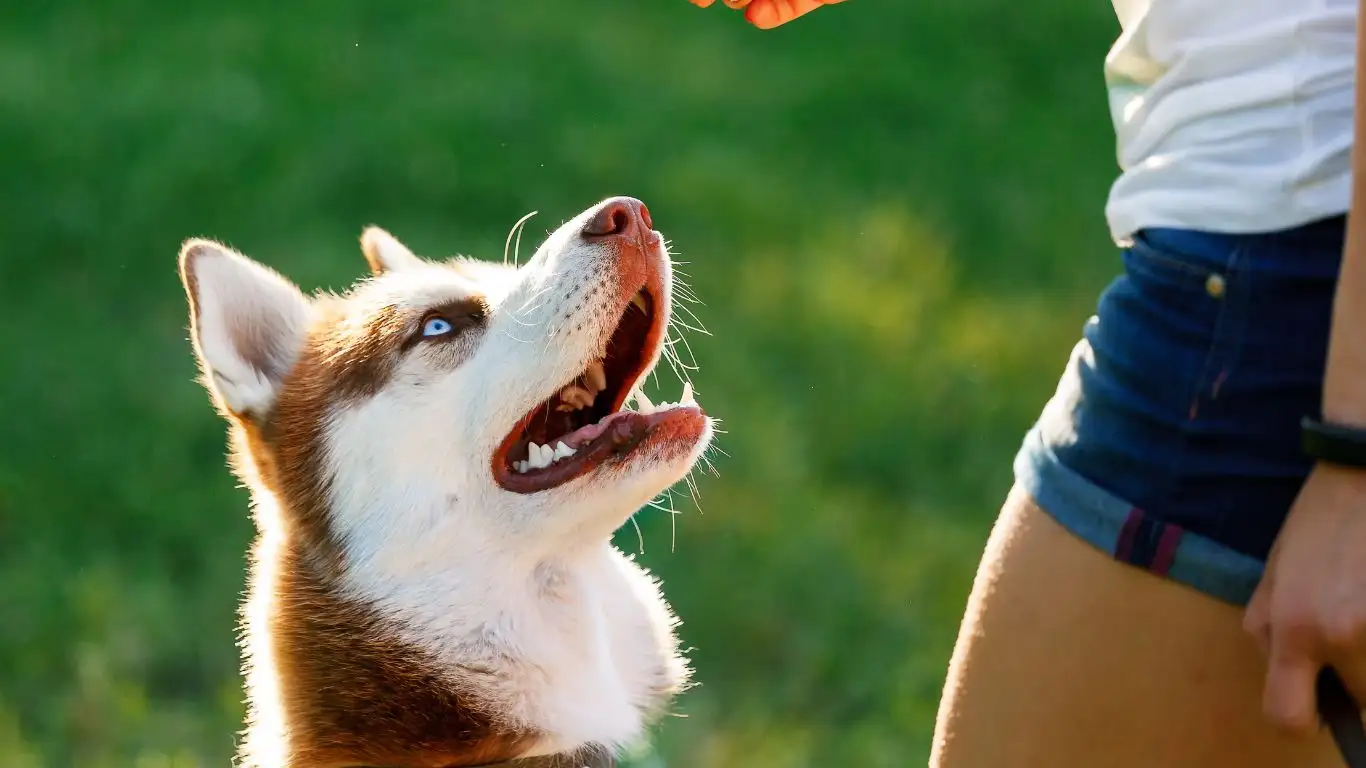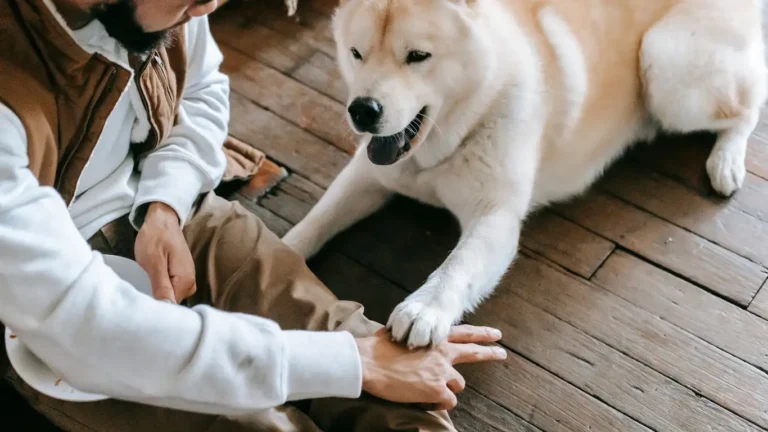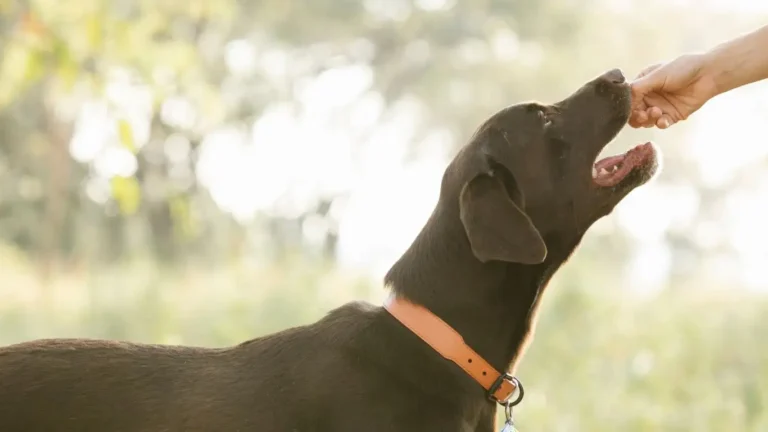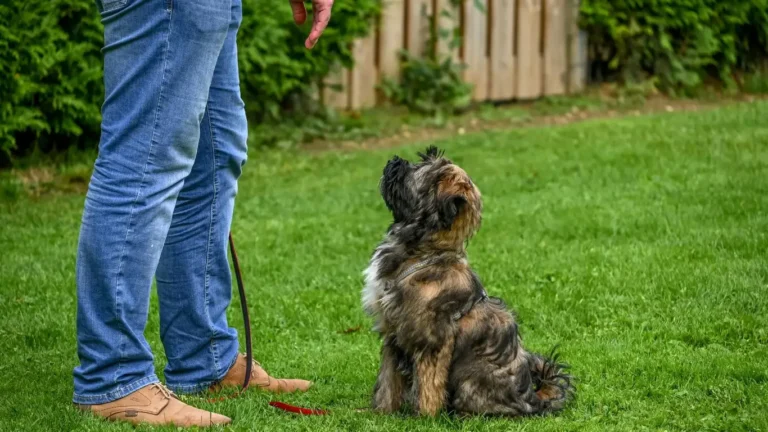How to Train a Dog to Handle Being Dressed for Winter – Essential Tips for Success
If you’ve ever wrestled a dog into a winter sweater while both of you end up tangled in fleece and frustration—you’re not alone. As a Canine-Assisted Therapy Trainer, I’ve worked with countless pups who treat winter gear like it’s a medieval torture device. So if you’re wondering how to train a dog to handle being dressed for winter without a full-blown mutiny, stick around. We’re going to break it down into bite-sized, real-life, paws-on steps that I’ve personally used in the field—and at home with my own stubborn retriever, Milo.
Why Winter Wear Can Freak Your Dog Out
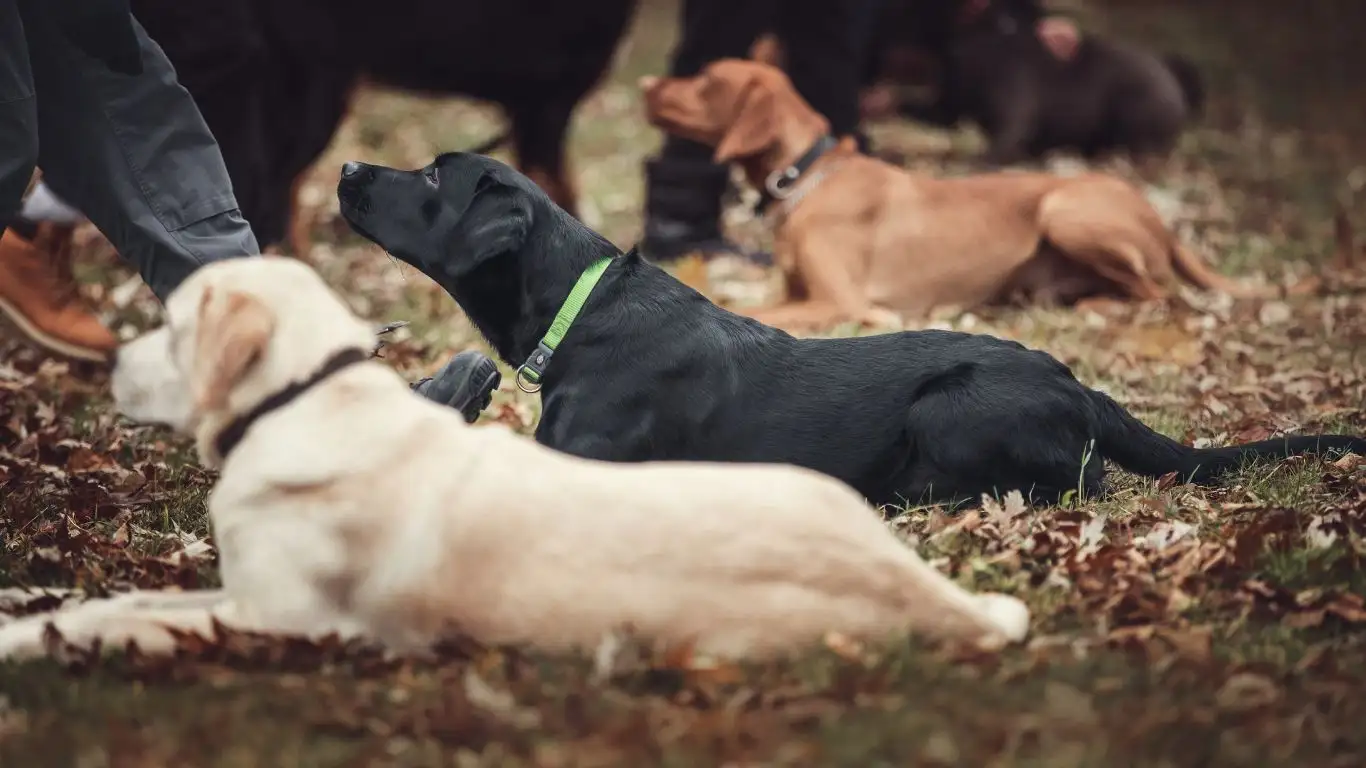
Dogs don’t come with a built-in understanding of puffers, booties, or fleece-lined hoods. For many of them, the sensation of wearing clothes feels unnatural at first—restrictive, unfamiliar, and even scary. Imagine someone trying to slip a bulky outfit over your head without warning. You’d panic too, right?
When I was first training dogs for therapy work in colder climates, this was one of the most common hurdles. A dog may be confident in public, calm with new people, and responsive to commands—but add a sweater, and suddenly it’s tail-between-the-legs time.
What Makes Winter Gear So Challenging?
- Unfamiliar textures – Nylon, wool, velcro… these can all feel weird to paws and fur.
- Restricted movement – Dogs love freedom, and jackets can feel like a straightjacket at first.
- Overstimulation – Putting on gear can overwhelm the senses, especially for sensitive breeds.
- Negative associations – If your dog had a bad experience with clothes early on, they’ll remember.
All of these reactions are totally normal. The good news? With some patience and strategy (and maybe a few treats), your dog can actually learn to love their winter wardrobe—or at least tolerate it like a pro.
Start with the Basics: Desensitizing to the Gear
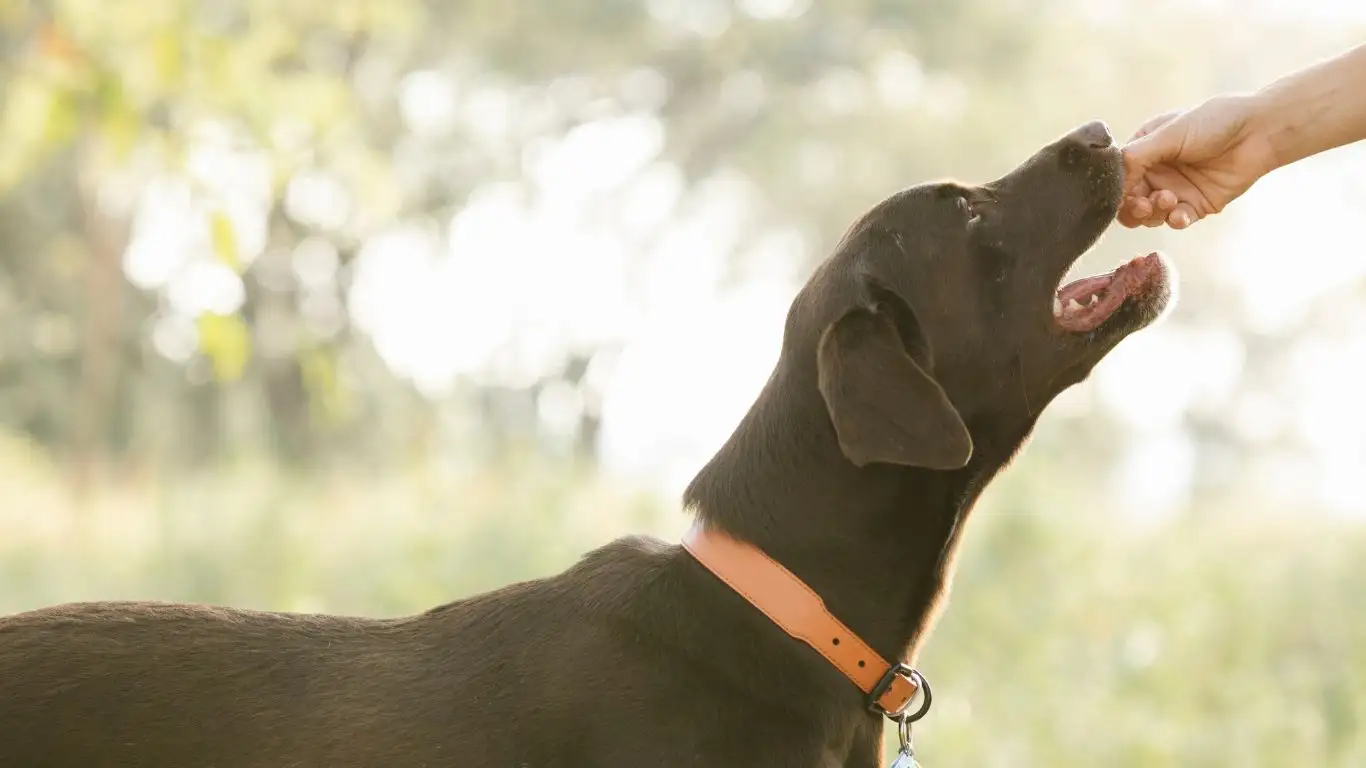
The very first step in how to train a dog to handle being dressed for winter is helping them become neutral—or even positive—about the gear itself. Don’t just yank a jacket over their head. Let them get to know it first.
Let Them Sniff, Investigate, and Interact
Lay the jacket or boots out on the floor and let your pup explore. Don’t force anything. Toss a few high-value treats (think: bits of chicken or freeze-dried liver) near or on the gear. I always say, “If the coat = snacks, it’s already winning.”
With some of my therapy dogs, I’d even wear the gear on my arm or drape it over my lap while we trained—just so it became part of the normal scenery. One golden retriever I worked with used to panic at the sight of a hoodie. After a week of me casually “wearing” the hoodie while tossing treats, he started wagging when he saw it.
Practice Touch Without Dressing
Once your dog is comfy just being around the gear, begin gently touching them with it. Don’t try to put it on yet—just a little drape across their back, a light touch on the paw with a bootie. Pair it with praise or rewards. This tells them: “Hey, this isn’t a threat. It’s just another part of our routine.”
Teach It Like a Trick: Step-by-Step Dressing
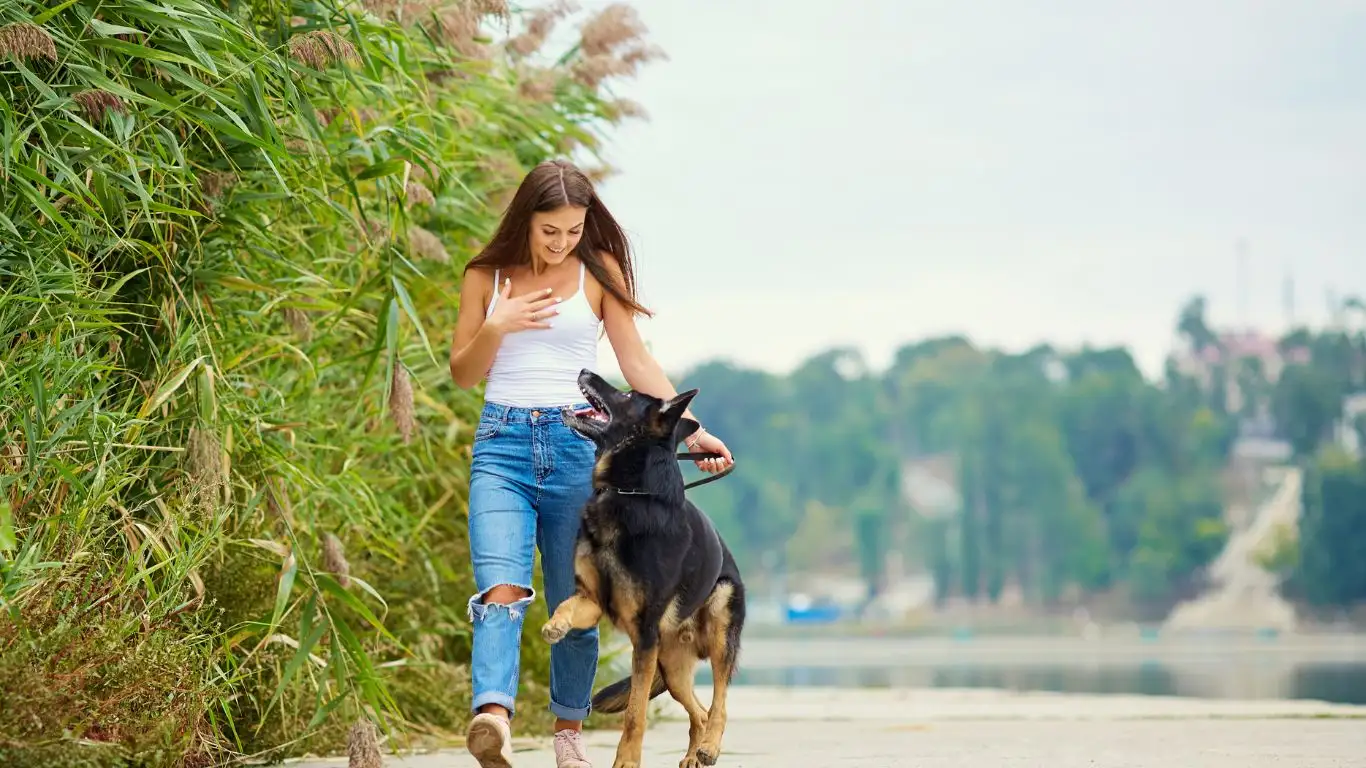
Now comes the fun part—training your dog to actually wear the gear without drama. Treat this process like any other cue or behavior. Start slow, break it into steps, and reward each little win.
Here’s a quick breakdown of what I usually teach:
- Head-through practice: Hold the sweater so your pup has to put their head through to reach a treat. Let them pull back out. Repeat until it’s no big deal.
- Short wears: Once the gear is on, leave it for 5 seconds—then take it off. Build to 10, 30, 60 seconds over days.
- Move in it: Encourage walking with the coat on using their favorite toy or treat trail. Movement helps normalize the feel of it.
- Booties last: Dogs usually hate these most. Try baby socks first, then move up. Always pair with rewards and short wear times.
Milo, my own golden, used to walk like he had bricks strapped to his feet when I first tried booties. But after using peanut butter on the floor (yes, I’m that trainer), he started associating the gear with tasty rewards and fun times.
Pro Tip: Use Your Dog’s Existing Skills
If your dog already knows cues like “paw,” “stay,” or “touch,” integrate them into dressing. Ask for a paw when putting on boots. Use “stay” while you adjust straps. It keeps the process familiar and builds confidence.
Making It Routine: The Secret Sauce of Consistency
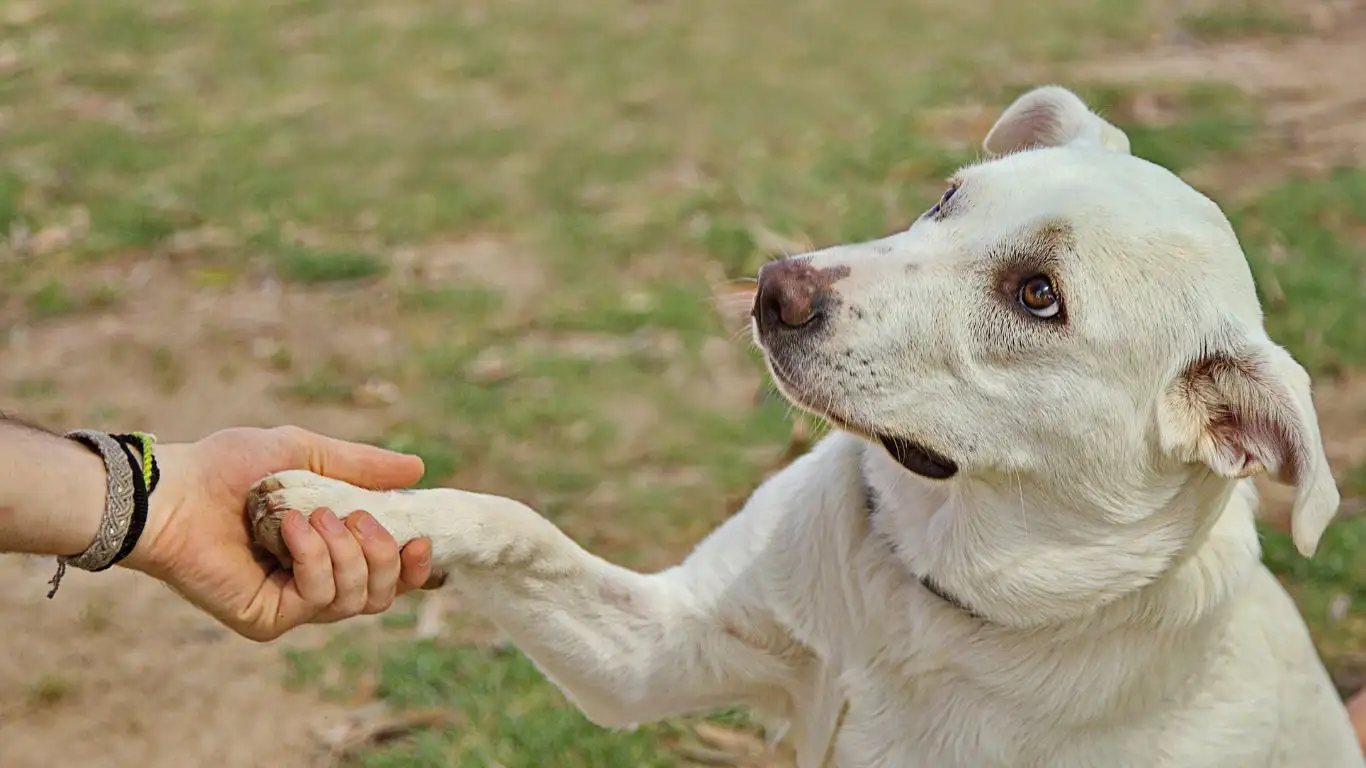
Once your pup starts accepting the gear, the next step is turning it into a normal part of their routine. Dogs thrive on patterns, and if “jacket time” becomes as predictable as dinner time or potty walks, they’ll start to roll with it. The goal is to remove the mystery. No drama, just daily business.
Back when I was training a Bernese mountain dog named Jasper for therapy visits in snowy areas, we made winter dressing part of his daily walk prep. I’d say, “Gear up!” before grabbing his coat, and over time, he’d start wagging when he heard the phrase. Just that tiny verbal cue gave him a sense of control—and made the whole thing feel like a team effort.
Consistency Builds Confidence
- Keep gear in a visible, consistent spot (like near the leash).
- Use the same phrase every time you gear up—dogs love verbal cues.
- Don’t skip gear days unless absolutely necessary—momentum matters.
If you only pull out the coat when it’s blizzarding and chaotic, your dog will associate it with stress. But if the coat is just part of the rhythm, even the most skeptical pup will slowly ease into it.
How to Train a Dog to Handle Being Dressed for Winter in Real-World Conditions
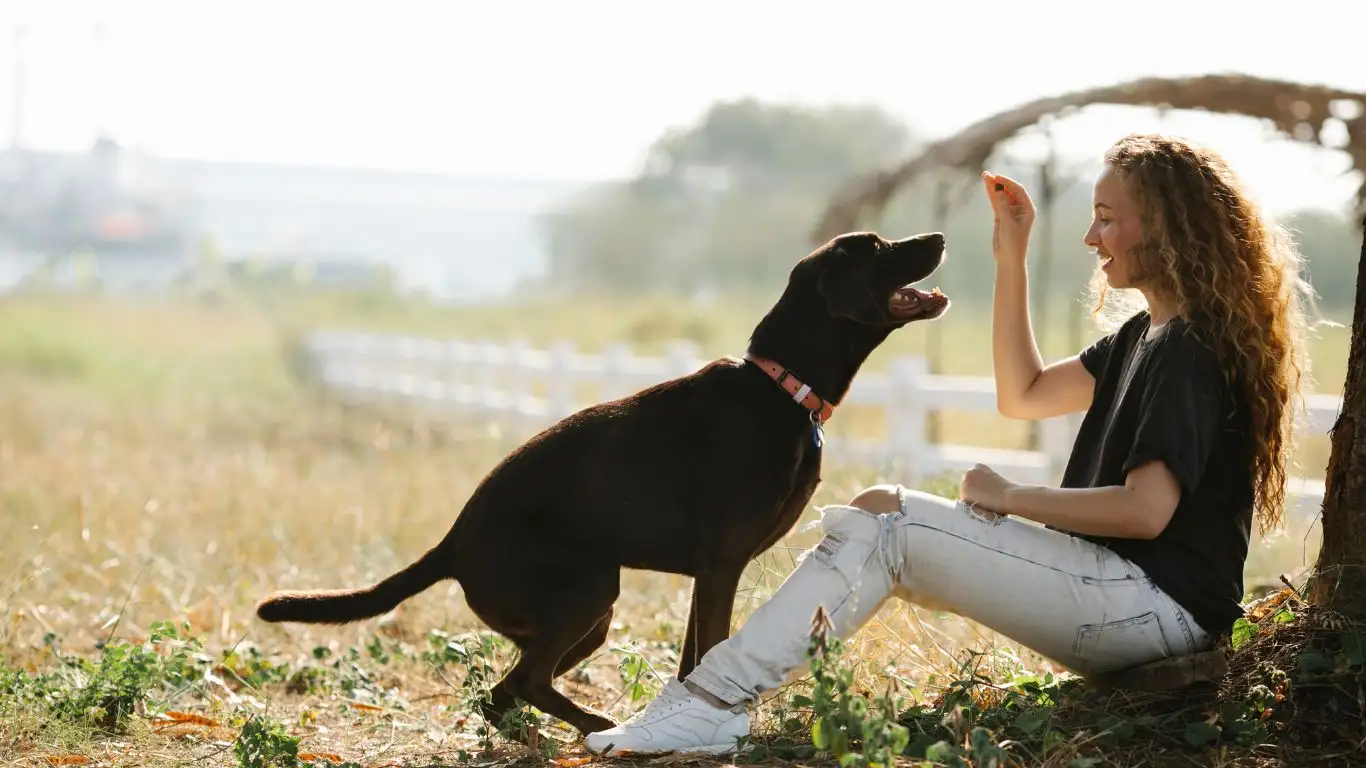
Alright, so your dog is cool with the coat indoors. Great! But what happens when you actually step out into the cold? That’s where the real test begins. A gust of wind or crunchy snow underfoot can make even the bravest pup freeze in their tracks. Trust me, I’ve seen it.
When I worked with therapy dogs visiting assisted living centers in snowy towns, we’d often need to go from parking lots through slush, across salted sidewalks, and into heated lobbies. That’s a sensory rollercoaster for a dog. Here’s how I helped them adjust.
Step Outside Slowly—And Keep Sessions Short
The first few outdoor trips with gear should be super short. I’m talking less than five minutes. Just circle the yard or go halfway down the block. The point is to show your dog that nothing scary happens when they’re geared up and outside.
With one of my border collie clients, Bella, I made a little game of it. We’d step outside, take five steps, then do a trick and get a treat. It broke the tension and got her mind off the gear and onto something fun.
Watch Their Body Language
Your dog might not speak English, but their body tells you everything:
- Tucked tail? Probably overwhelmed—dial it back.
- Freezing in place? Might be sensory overload—try removing one piece of gear.
- Sniffing and walking with ease? You’re golden! Keep going.
Always let them set the pace. Pushing them too fast can set you back weeks. Celebrate tiny wins and let your pup know they’re crushing it.
Advanced Gear Tolerance: Layering, Raincoats, and Extras
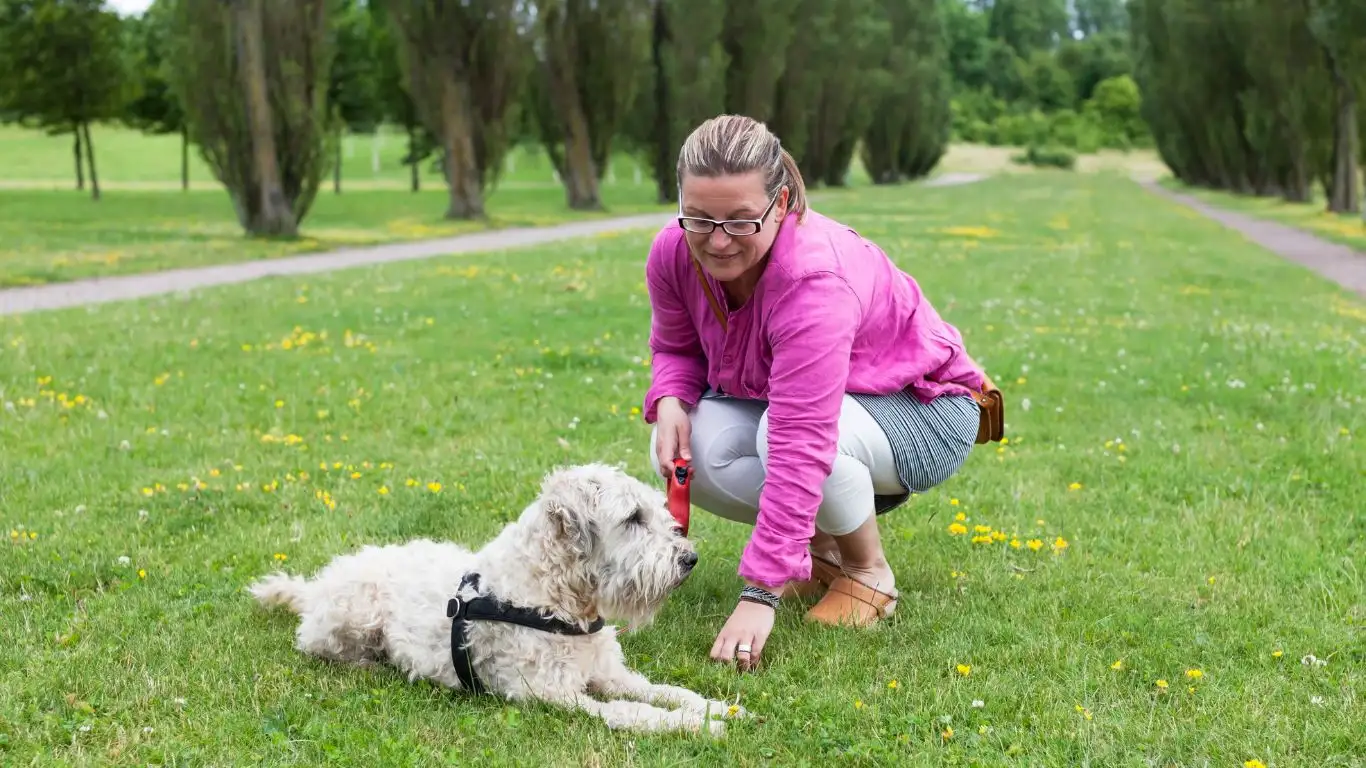
Once your dog has the basics down, it’s time to level up. Maybe you live somewhere where winter isn’t just chilly—it’s downright savage. In those cases, layering and gear variety become key. But, of course, more gear can mean more resistance—unless you ease them into it smartly.
Layer Slowly Like You’re Dressing a Toddler
- Start with the base coat they already tolerate.
- Add a lightweight fleece or vest underneath it for extra warmth.
- Try on rain gear or hoods separately before layering everything together.
When I trained dogs for snow search and rescue simulations, we often had to combine booties, vests, GPS trackers, and even dog goggles (yep, those exist!). It took weeks of layering each piece individually and rewarding generously. Don’t rush this part—each new item deserves its own mini-introduction.
Keep It Comfortable, Not Just Cute
I know those tiny puff jackets and plaid scarves are adorable—but function always comes first. Check the fit: can your dog move freely? Is their harness accessible? Are there any straps rubbing? I’ve seen dogs get skin irritation just from a poorly placed tag inside a jacket.
And please, check for overheating. Winter gear can trap warmth a little *too* well, especially on breeds with thick coats. Always do a quick touch test—if their underarms or chest feel hot to the touch, it’s time to strip down a layer.
Empower Your Dog Through Choice
Here’s a little mindset shift I teach all my clients—give your dog as much choice and autonomy as possible throughout this whole process. That doesn’t mean they get to veto winter gear entirely (sorry, pups), but it does mean involving them in the process.
Use Consent-Based Training
- Hold out the gear and let your dog come to it.
- Let them walk away and take a break if needed—then reapproach.
- Reward heavily when they volunteer to participate (e.g. putting their head through the opening).
With one rescue dog I trained, we actually taught a “Yes” behavior—he would nudge his coat with his nose when he was ready to put it on. It gave him control over the experience and reduced the tension dramatically.
The more you involve your dog in dressing rather than forcing them through it, the more cooperative they’ll be. Trust is everything in this process—build it slowly, reinforce it often, and soon enough, winter dressing will go from dreaded chore to just another quirky part of your day together.
Winter Safety Tips: Ensuring Comfort and Protection for Your Dog
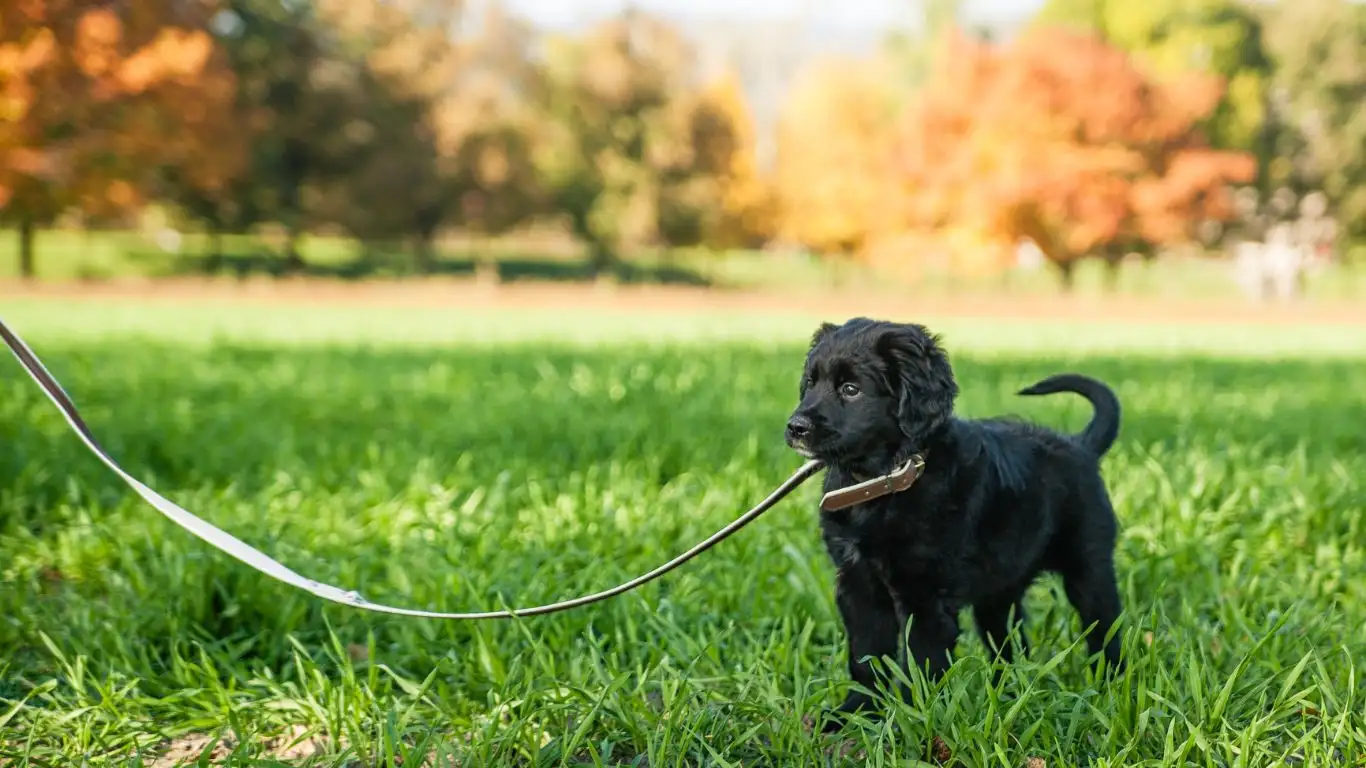
By now, your dog is probably strutting around in their winter gear like a pro—but let’s not forget about safety. As much as we love seeing them look stylish in their cozy jackets and boots, winter presents its own set of challenges that we need to be aware of. It’s not just about getting them dressed—it’s about keeping them safe, comfortable, and healthy during those frosty months.
I always remind dog owners that winter can be tough on dogs in different ways. That’s why, in my therapy dog training sessions, we always factor in the environmental changes and make sure the pups are not only prepared for the gear but for the elements too. From salt on the streets to ice-covered sidewalks, winter hazards are real. But with the right approach, we can keep our dogs safe while they enjoy the cold weather as much as possible.
Watch Out for Winter Hazards: Ice, Snow, and Salt
If you live in an area that sees a lot of snow or ice, you already know how quickly winter weather can turn into a challenge. Ice can be hard on your dog’s paws, and the salt they use to melt ice on sidewalks can be toxic if ingested. Here’s how you can help your dog avoid these dangers:
- Booties: Protecting your dog’s paws is a must. Make sure they’re wearing winter boots, especially if you’re walking on salted roads or icy surfaces. The salt can cause painful burns on your dog’s pads, and prolonged exposure can even lead to serious injuries.
- Paw Balm: For dogs who aren’t into wearing booties, paw balm is a great alternative. Apply it before walks to protect their paws from the elements.
- Wipe their paws: After every walk, wipe down your dog’s paws with a damp cloth to remove any salt or ice build-up. This helps prevent irritation and ensures your dog stays comfortable after being outside.
I’ve worked with several dogs who would get irritated paws after just a few minutes of walking in the snow, so I started using paw balm on my own pup Milo—now, he’s the first to sit at the door waiting for his booties! It’s about building those positive associations with the gear and showing them that it makes their walks more comfortable.
Training for Specific Winter Scenarios: The Snowy Playground
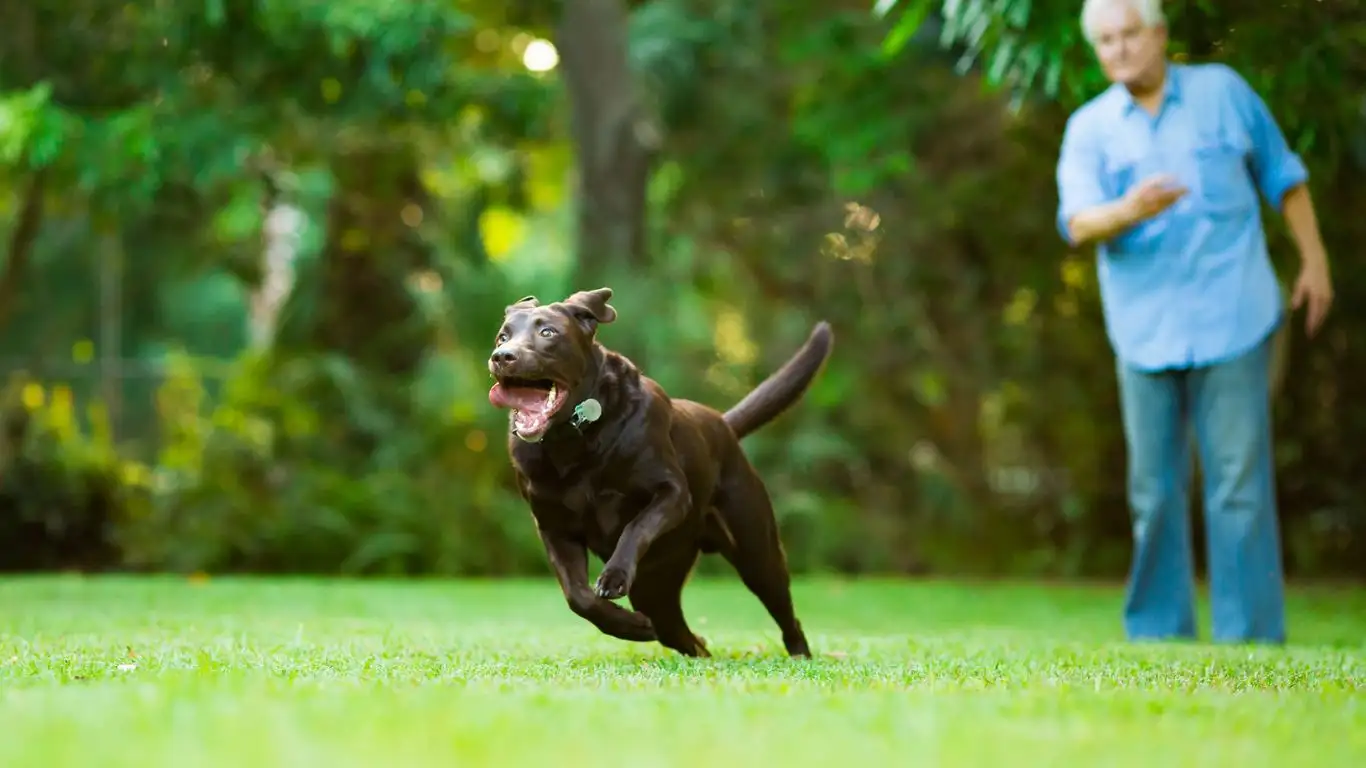
Once your dog is adjusted to wearing their gear, the next step is ensuring they feel comfortable playing in winter conditions. Many dogs, especially those with thicker coats, might not initially love the feeling of snow. The cold and wet sensation underfoot can feel strange or even uncomfortable. But just like dressing, you can teach your dog to enjoy the snow with the right approach.
Building Confidence in Snowy Play
Start small. If your dog’s not sure about the snow, try introducing them to a small, controlled area—maybe just your backyard or a snowy path in the park. Use toys and treats to entice them into the snow. Throw their favorite ball and let them chase it around. This creates a fun association with the snow, rather than a fearful one.
One of the first dogs I trained in snowy conditions was a hound mix named Daisy. She loved the outdoors, but her first snow day was full of hesitation. She’d step into the snow and then freeze, unsure of how to move. Slowly, we worked on building her confidence. First, we’d play fetch in the grass and then slowly move closer to snow-covered areas. By the end of the week, she was diving right into the snow, even burying her face in it. It was a sight to see!
Don’t Forget Hydration and Warmth
When training or playing in the snow, it’s important to remember that dogs can get cold or dehydrated just like humans. Keep water accessible, and make sure your dog is warm enough—especially if they have a thin coat. You might want to consider adding a thermal layer under their jacket if you’re heading out into the snow for extended periods.
Also, keep an eye on the signs of exhaustion. Even with a coat on, your dog can get tired more quickly in cold weather. If they’re lagging behind or acting sluggish, give them time to rest and warm up inside.
References and Resources
For more information on how to train your dog for winter and keep them safe, here are some trusted resources:
- American Kennel Club (AKC) – Expert advice on dog care, including winter safety tips.
- PetMD – Offers insights on pet health, including winter hazards and tips for protection.
- National Institutes of Health (NIH) – A resource for understanding general pet health and safety.
Make sure to also check your local pet supply stores for high-quality winter gear. You want to ensure your dog is comfortable, warm, and protected from the harsh elements.
Disclaimer
This article is intended for informational purposes only. While we have provided general tips based on personal experience and training expertise, every dog is unique. Please consult with your veterinarian or a professional trainer for advice specific to your dog’s health and needs. Winter conditions can vary greatly, so always monitor your dog during cold weather activities to ensure they are safe and comfortable.
